Wild Treats in The Rocky Mountains
Every month of the year, foodies and nature-lovers alike flock to a small town in Colorado, renowned for its authentic farm-to-table cuisine, fine wines, and endless opportunities for adventure. A growing community of vacationers are choosing to connect more deeply with this ski town’s natural environment, by engaging in the age-old tradition of foraging. That’s right, Steamboat Springs is not only revolutionizing the ski industry, but it’s also providing vacationers with one-of-a-kind immersive experiences in nature.
Foraging while on vacation will transform your next getaway into an unforgettable adventure. It’s a chance to immerse yourself in the local landscape, and discover hidden culinary treasures that go beyond the typical tourist experience. Exploring Steamboat’s forests, meadows, and mountainsides will become a treasure hunt, with each edible find adding a unique flavor to the trip.
Here at The Astrid, we want to ensure that your next trip to Steamboat is full of exciting memory-making opportunities. We’ve created this guide to foraging in Steamboat Springs so that you can connect more deeply with nature, and embark on a lesser-known adventure.
Where to Find Foraging Information in Steamboat Springs
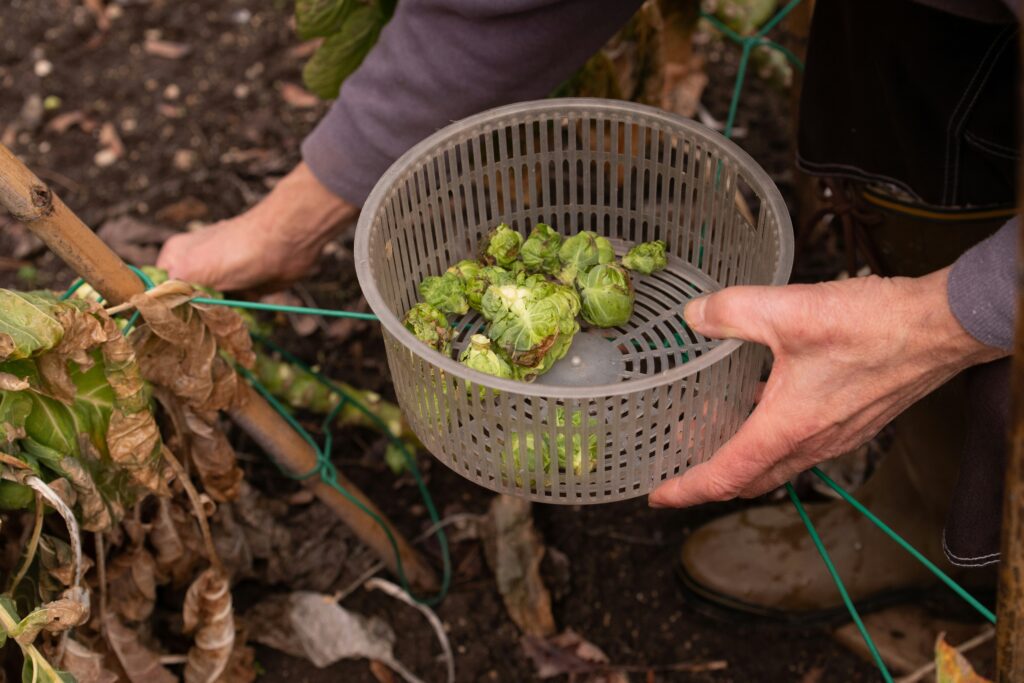
If you’re a beginner forager, it’s always best to get advice from experienced experts to ensure your enjoyment and safety. Steamboat Springs is home to a wealth of foraging knowledge, you just need to know where to look.
- Yampatika is a remarkable non-profit organization, based in Steamboat Springs, committed to inspiring the public towards good environmental stewardship. Their broad range of events include all-age guided tours, guided hikes, and the annual Wild Edible Feast. This social tapas-style event invites you to mix and mingle at five different stations offering freshly harvested wild food and unique proteins. Guests are also invited to join experts Karen Vail and Mary O’Brien as they forage for the annual Wild Edible Feast Fundraiser.
- The Off The Beaten Path bookstore is full of handy guides to foraging, including Edible & Medicinal Plants of the Southern Rockies by Mary O’Brien and Karen Vail (yes, the same Mary and Karen as at the Wild Edible Feast!)
- For up-to-date seasonal foraging information, the Forage Colorado database is an online cheat-sheet to wild edible plants created by Orion Aon.
Foraging Safely
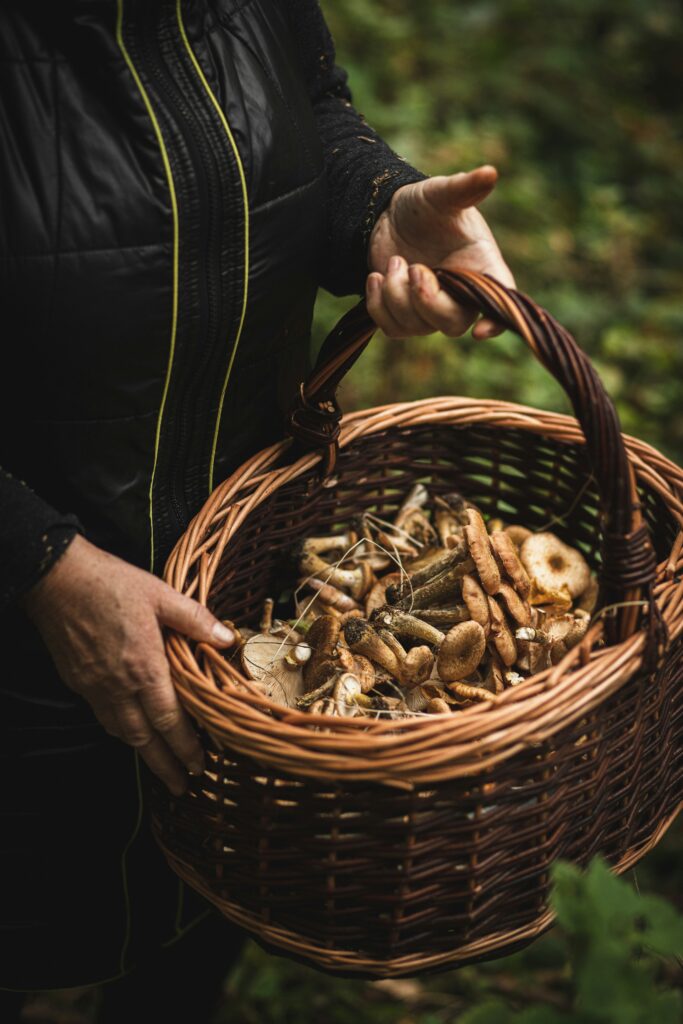
When foraging in Steamboat Springs, it’s essential to prioritize safety and sustainability.
- Thoroughly research and familiarize yourself with local plants, so that you can accurately identify them and avoid poisonous look-alikes. Carry a field guide or download a foraging smartphone app to help you identify plants on-the-go.
- Always forage in areas free from pesticides and pollutants, such as organic farms or designated foraging spots.
- Respect private property and obtain permission if necessary.
- Use proper tools like gloves and a knife.
- Leave no trace by only taking what you need and harvesting ethically, allowing plants to regenerate.
- Share your experiences with others to promote a sustainable foraging community in Steamboat Springs, and contribute towards the long-term flourishing of the natural environment.
Spring Foraging in Steamboat Springs
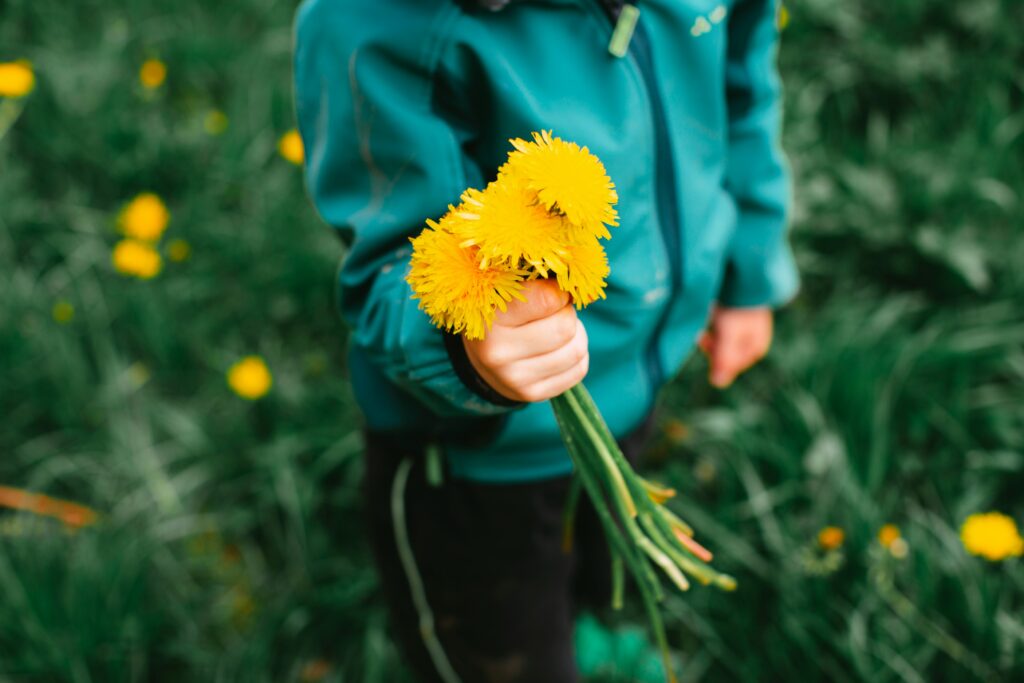
Springtime offers a vast array of edible treasures for foragers. The season blooms with fresh greens like dandelions and lamb’s quarters, packed with flavor and nutrients. Wildflowers spring out of the ground, offering rose hips and yarrow, perfect for teas and culinary experimentation. Spring in Steamboat Springs is a time of renewal, vibrant flavors, and diverse foraging opportunities.
- Dandelion
- Characteristics: Leaves and flowers are easily identifiable, with well-known characteristics.
- Where to Forage: Commonly found in open fields, lawns, and disturbed soils.
- Preparation: Edible raw or cooked, roots can be pickled, roasted for tea, or infused in vinegar.
- Lamb’s Quarters
- Characteristics: Leaves are distinctive, resembling mild spinach.
- Where to Forage: Often grows in gardens, waste areas, and along roadsides.
- Preparation: Edible raw or cooked.
- Common Chickweed
- Characteristics: Lettuce-like greens, easy to identify.
- Where to Forage: Thrives in moist, shady areas, gardens, and disturbed soils.
- Preparation: Edible with medicinal properties.
- Dock
- Characteristics: Young leaves are nutritious, with identifiable characteristics.
- Where to Forage: Found in fields, meadows, and disturbed areas.
- Preparation: Edible raw or cooked, high in iron.
- Yarrow
- Characteristics: Well-known for its distinctive leaves and medicinal uses.
- Where to Forage: Often seen in meadows, fields, and along roadsides.
- Preparation: Used as tea, tincture, or poultice, especially for wounds.
- Shepherd’s Purse
- Characteristics: Recognizable with heart-shaped seed pods.
- Where to Forage: Common in fields, gardens, and disturbed soils.
- Preparation: All parts are edible but should be consumed in moderation, acts as an antiseptic and diuretic.
- Sitka Valerian
- Characteristics: Distinctive flowers and leaves.
- Where to Forage: Found in moist meadows, stream banks, and open forests.
- Preparation: Nervine relaxant and sleep aid, anti-inflammatory.
Summer Foraging in Steamboat Springs
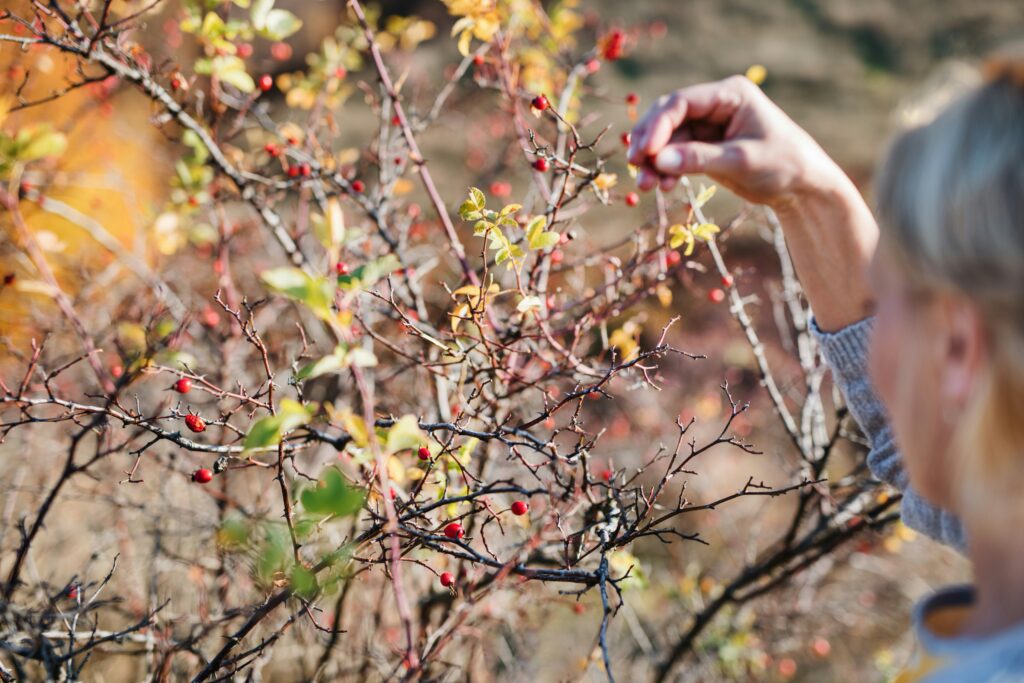
As the weather heats up, Steamboat’s natural world boasts endless opportunities for wild dining. Bold colors adorn the town, as juniper berries and rose hips ripen, perfect for jams and teas. Alfalfa sprouts easily, and wild plums and chokecherries offer tasty fruits for your table. With warm days and ample sunshine, summer is ideal for exploring nature’s pantry in this vibrant mountain town.
- Watercress
- Characteristics: Easily recognizable, typically found near water.
- Where to Forage: Grows in clear, cold streams, and creeks.
- Preparation: Use in salads or as part of a salad mix.
- Juniper Berries
- Characteristics: Unique appearance and distinct flavor.
- Where to Forage: Juniper bushes are common in dry, rocky areas.
- Preparation: Used in various culinary applications like salt cures, garnishes, and jams.
- Rose Hips
- Characteristics: Distinctive fruit with known culinary and medicinal uses.
- Where to Forage: Rose bushes are found in open fields, roadsides, and forest edges.
- Preparation: Used for vinegars, teas, jellies, and more.
- Mallow
- Characteristics: Easily identified with its leaves, flowers, and fruits.
- Where to Forage: Often seen in disturbed soils, roadsides, and gardens.
- Preparation: Edible in various forms, including homemade marshmallows.
- Nettle-Leaf Horsemint, aka Giant Hyssop
- Characteristics: Unique flavor and appearance.
- Where to Forage: Found in dry, open areas, often in mountain foothills.
- Preparation: Antiviral qualities, used in teas and for digestive issues.
Fall Foraging in Steamboat Springs
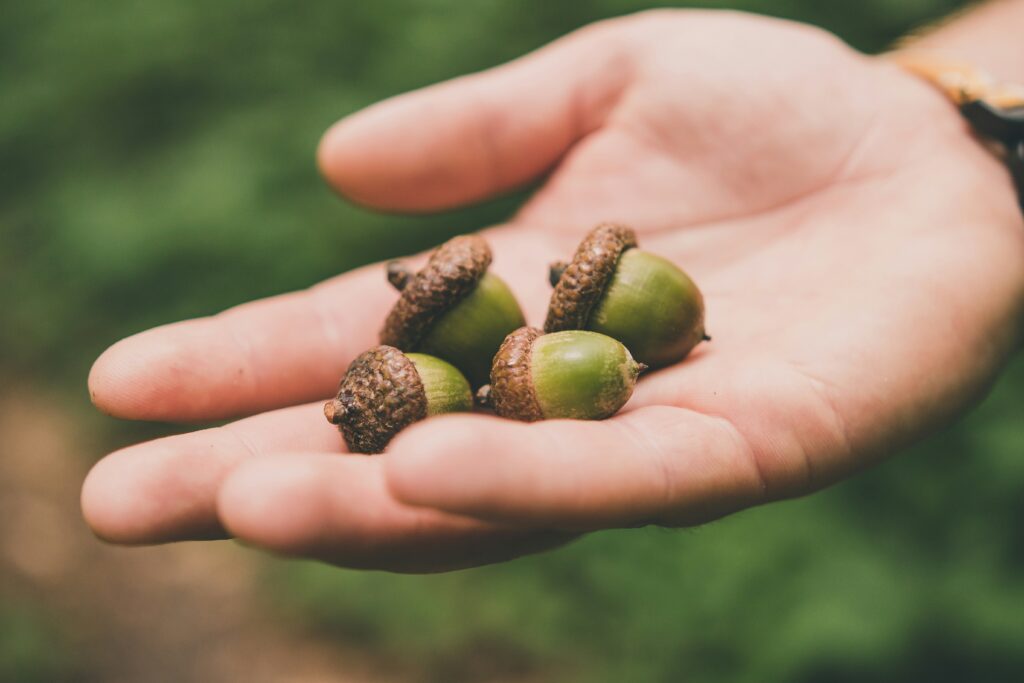
As a golden hue envelopes the town, fall transforms Steamboat Springs into a forager’s paradise. White ash berries sweeten, and acorns drop for nutty treats. Feral apples and chokecherries abound, perfect for baking. Fall provides a delicious harvest, making it a prime season for wild food enthusiasts in Steamboat Springs.
- White Ash Berries
- Characteristics: Unique appearance and taste.
- Where to Forage: White ash trees grow in forests and woodlands.
- Preparation: Used in vinaigrettes, sauces, and wines.
- Acorns
- Characteristics: Recognizable as the nut of an oak tree.
- Where to Forage: Oak trees are common in forests and mixed woodlands.
- Preparation: Used raw or in various recipes after processing.
- Chokecherries
- Characteristics: Distinctive fruit used in jams, jellies, and more.
- Where to Forage: Found in open areas, edges of forests, and meadows.
- Preparation: Recognizable clusters of berries.
- Wild Plums
- Characteristics: Easily identified fruit.
- Where to Forage: Grows in forests, woodlands, and open fields.
- Preparation: Used in jams, jellies, and baked goods.
- Feral Apples
- Characteristics: Apples are easily recognizable.
- Where to Forage: Orchards, old homesteads, and along roadsides.
- Preparation: Used in various apple-based recipes.
- Woodruff
- Characteristics: Recognizable leafy green.
- Where to Forage: Grows in shady, damp areas like forests and stream banks.
- Preparation: Used for seasoning, cocktails, and baked goods.
Year-round Foraging in Steamboat Springs

Steamboat’s year-round appeal doesn’t stop with its packed calendar of events, and all-season outdoor sports. For nature enthusiasts and foodies alike, Steamboat Springs offers year-round foraging within ecologically diverse landscapes.
- Salsify, Tragopogon dubious
- Characteristics: Unique flowers and seed pods.
- Where to Forage: Common in meadows, fields, and disturbed soils.
- Preparation: All parts are edible raw or cooked.
- Angelica Root
- Characteristics: Distinctive root used in various recipes.
- Where to Forage: Found in wet, marshy areas and along stream banks.
- Preparation: Used in soups, teas, and candies.
- Common Sunflower
- Characteristics: Recognizable flower and seeds.
- Where to Forage: Grows in open fields, roadsides, and disturbed areas.
- Preparation: Edible seeds and petals.
- Western Blue Flax
- Characteristics: Distinctive seeds and flowers.
- Where to Forage: Found in dry, open areas, along roadsides and in meadows.
- Preparation: Seeds used for nutrition and cordage.
- Aspen Bolete
- Characteristics: Easily identified by color and habitat.
- Where to Forage: Widely scattered in woods and woodland edges.
- Preparation: Considered safe for consumption.
Dine on the Wild Side in Steamboat Springs
Foraging in Steamboat Springs is a truly unique adventure that will help you form a deep connection with the environment. Enjoying a tasty treat straight from the source is the ultimate way to immerse yourself in nature. By searching for, identifying, and consuming wild plants, you’ll experience an intimate understanding of the local ecology, whilst feeling a great sense of accomplishment.
Here at The Astrid, we care deeply about the continued flourishing of Steamboat’s natural ecology, as a thriving environment equals a thriving local community! We’re passionate about partnering with the town to ensure a sustainable future for Steamboat Springs.
That’s why we’re welcoming nature-lovers like you to set up permanent roots in this remarkable mountain town. Our team of slopeside-enthusiasts are building a remarkable vacation home community that’s just as committed to sustainability as we are to adventure and luxury!
To find out more about our community, simply provide us with your name and email address. By doing so, you’ll be invited to join our exclusive mailing list. As part of this list you’ll gain access to insider information, behind-the-scenes content, and a highly personalized email experience reserved only for members of The Astrid community.
